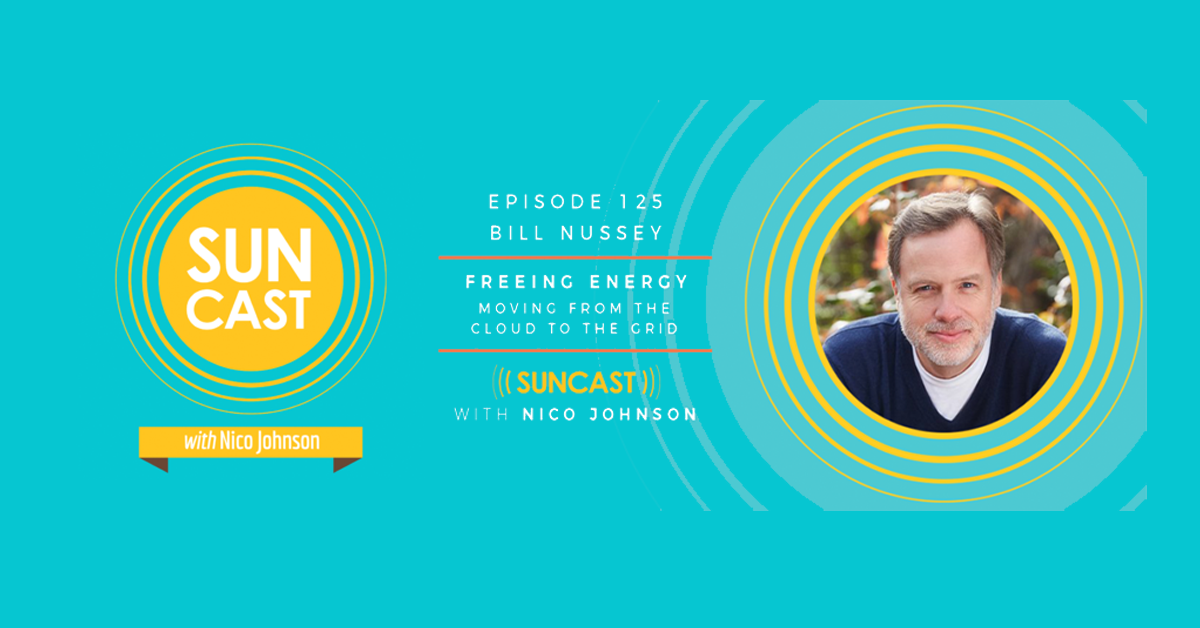
Bill Nussey interviewed on Suncast podcast
My recent podcast interview with Suncast’s Nico Johnson covered a wide range of topics including the history of the grid and emerging business opportunities.

My recent podcast interview with Suncast’s Nico Johnson covered a wide range of topics including the history of the grid and emerging business opportunities.

For nuclear power to achieve its promise as a source of global-scale, rock-steady, emissions-free power, new approaches are needed. To understand how nuclear power can rise again, we need to take a look at fusion, small modular reactors, traveling wave reactors and more.
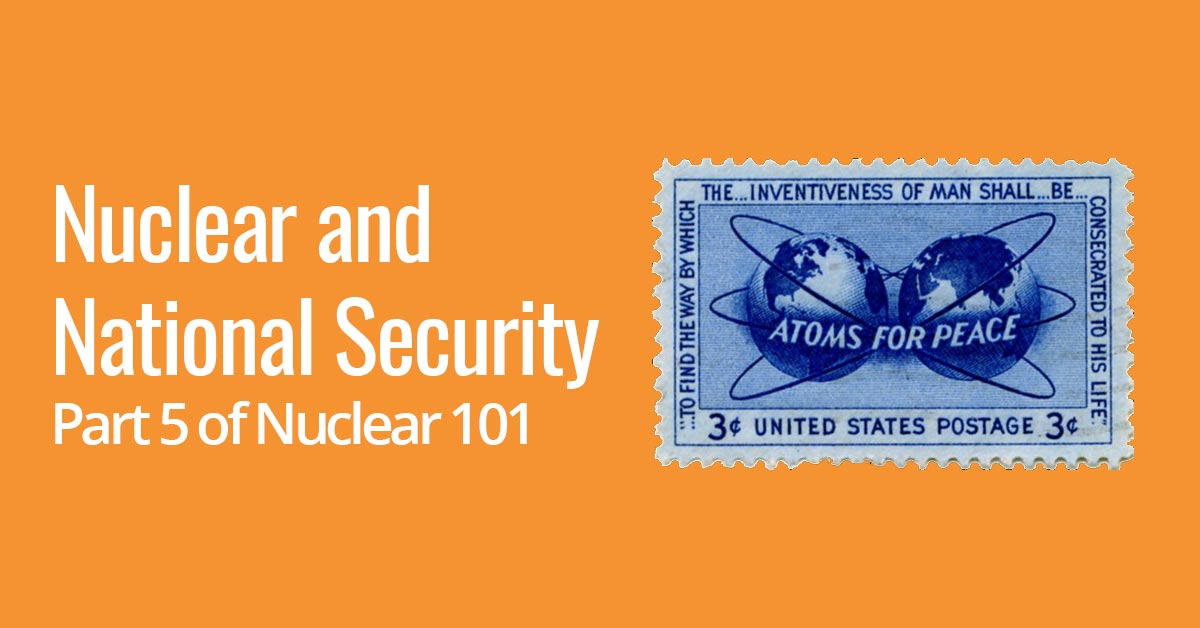
While a stable grid is essential for the well being of developed countries, nuclear power magnifies the risks and rewards of making electricity to a level of national security. Few types of power generation are more contentious and none have the potential to affect the well being of nations like nuclear power – as both defender and demolisher.
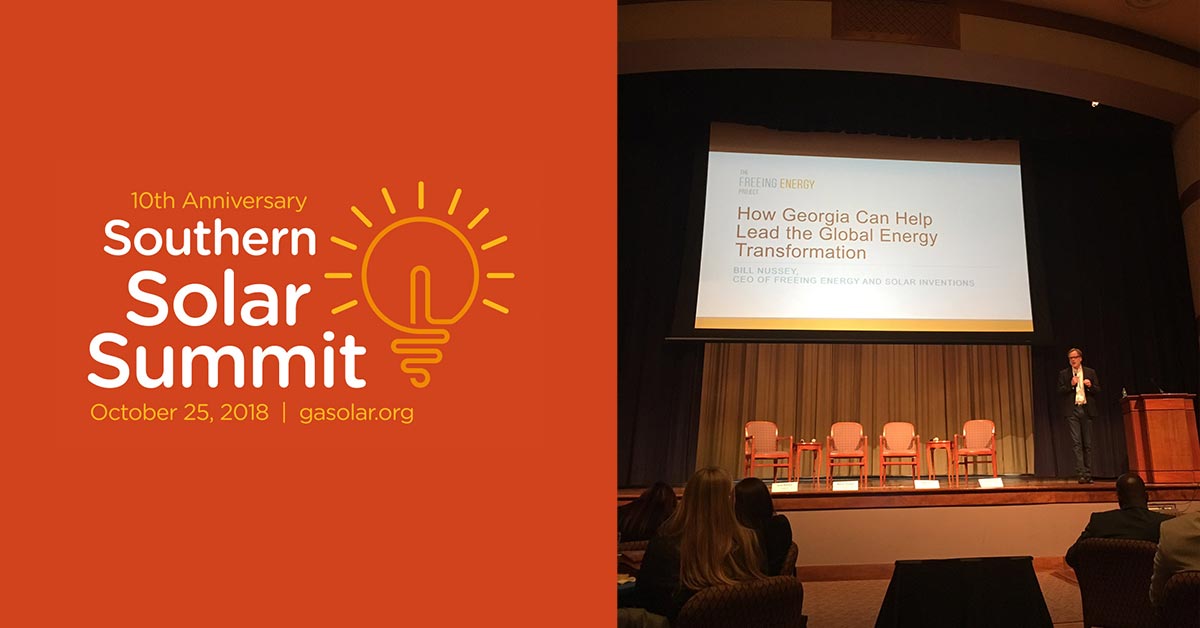
I recently had the honor to keynote the 10th annual Southern Solar Summit. My presentation focused on two points. First, solar and battery will become the largest source of electricity sooner than people think. Second, Georgia is in a unique position to help lead the clean energy transformation.
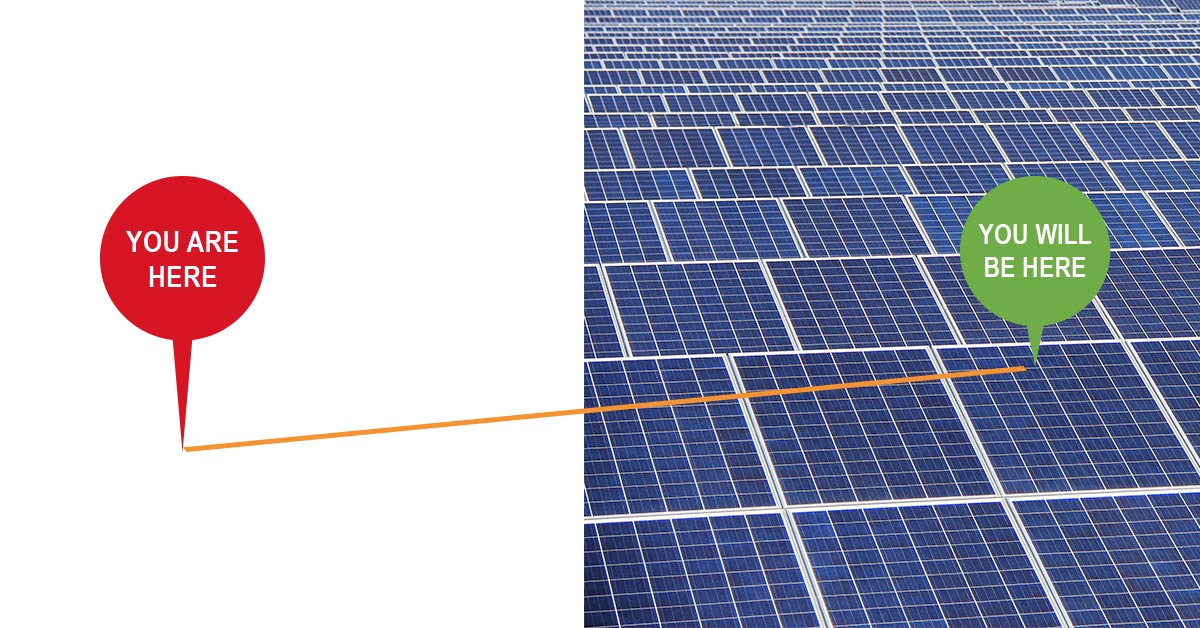
There are few more important questions for the 21st century than how we will power our electric grids. Literally trillions of dollars and are at stake, and possibly even the future of the planet. It’s a good bet that wind and solar will make up the majority of the future grid. But, wind and solar are not the same. Wind turbines benefit from economies of scale. As they get bigger, their costs go down; but only up to a point. By comparison, solar’s cost declines are driven by something even more powerful, economies of volume – the more you make of something, the cheaper it gets.

Nussey moderated a panel at the Center for Distributed Energy’s Leaders Symposium called Disruptions in the Energy Industry.
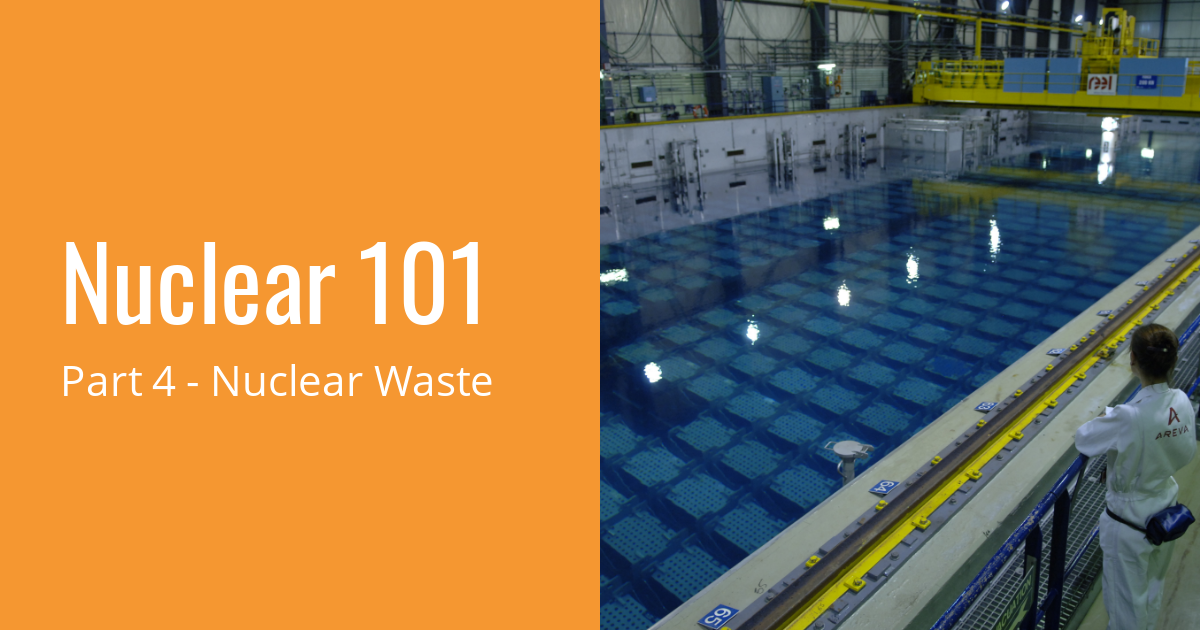
Nuclear power plants produce almost no greenhouse gases. If you want a huge amount of steady 24/7/365 electricity that has minimal impact on climate change, nuclear is your go-to option. But the environmental promise of minimal greenhouse gas emissions comes with an environmental cost: nuclear waste. Decades of nuclear power has resulted in 250,000 tons of accumulated waste.
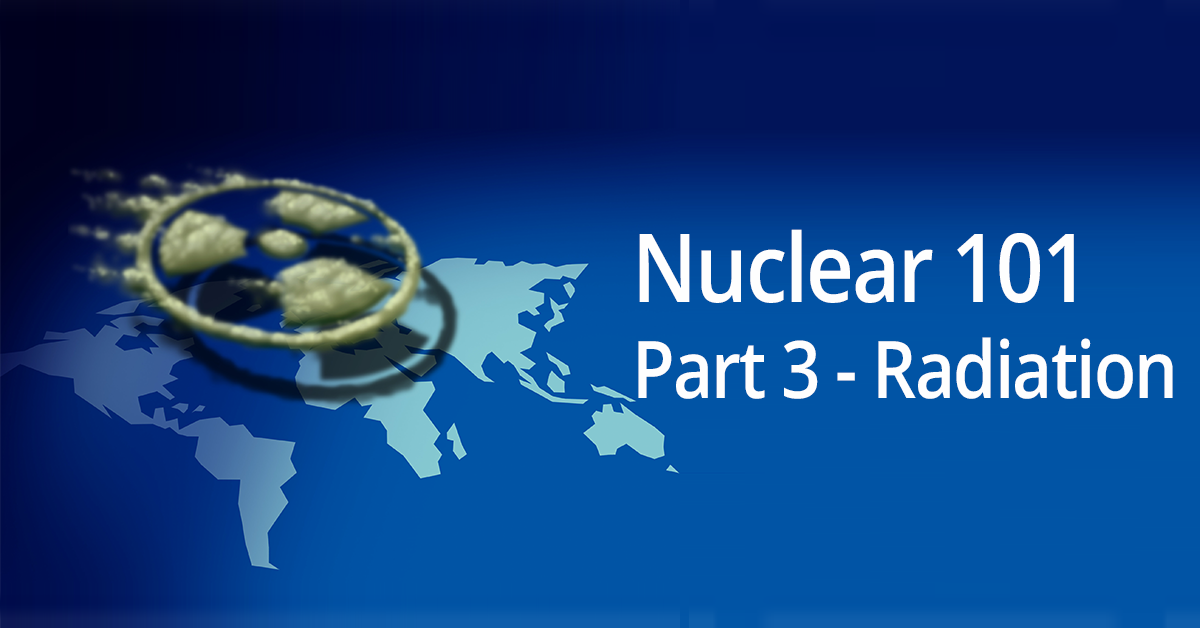
Radioactivity triggers a deep dread in most people. It is invisible and hard to detect. It is associated with birth defects. It can lie dormant in adults only to emerge as cancer decades later. But just how dangerous is it really? How harmful is the radiation from nuclear accidents?

Nuclear power has a unique challenge. While it’s much safer than most people realize, it easily conjures up thoughts of meltdowns, sickness, and bombs. Decades of movies and the occasional nuclear disasters have kept these fears at the forefront of people’s minds. Up until recently, the future of nuclear power looked grim. However, the growing concern over greenhouse gases has put nuclear back in the spotlight as a possible source of carbon-free electricity.
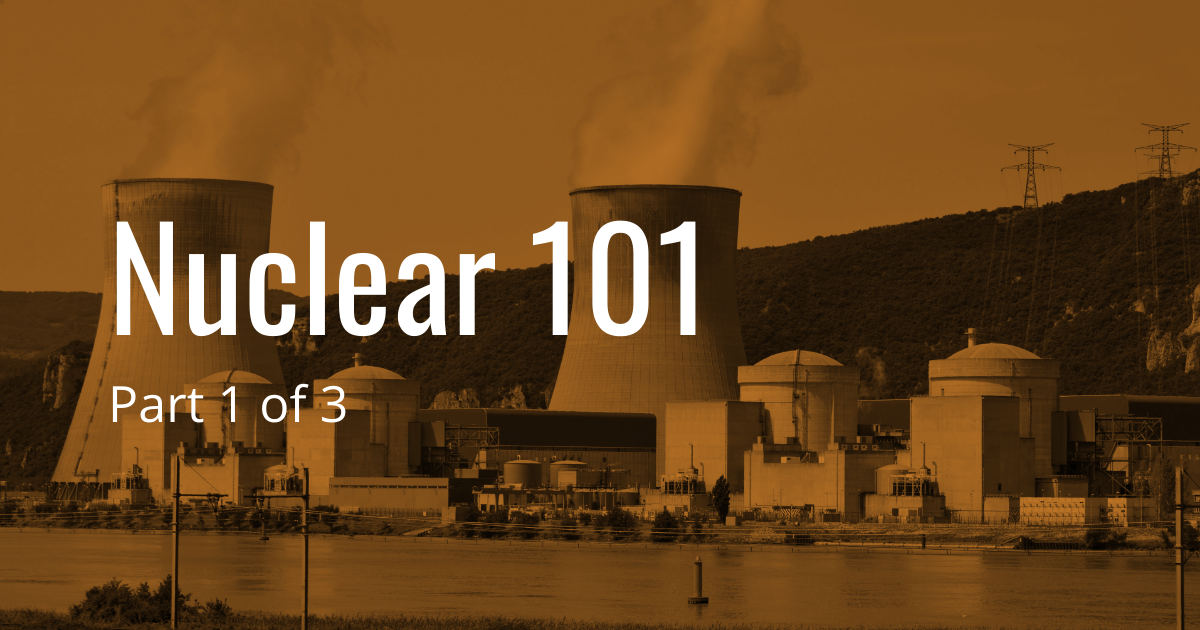
While nuclear may be a greenhouse gas-free source of energy, it is far from the most cost-effective way of generating electricity.
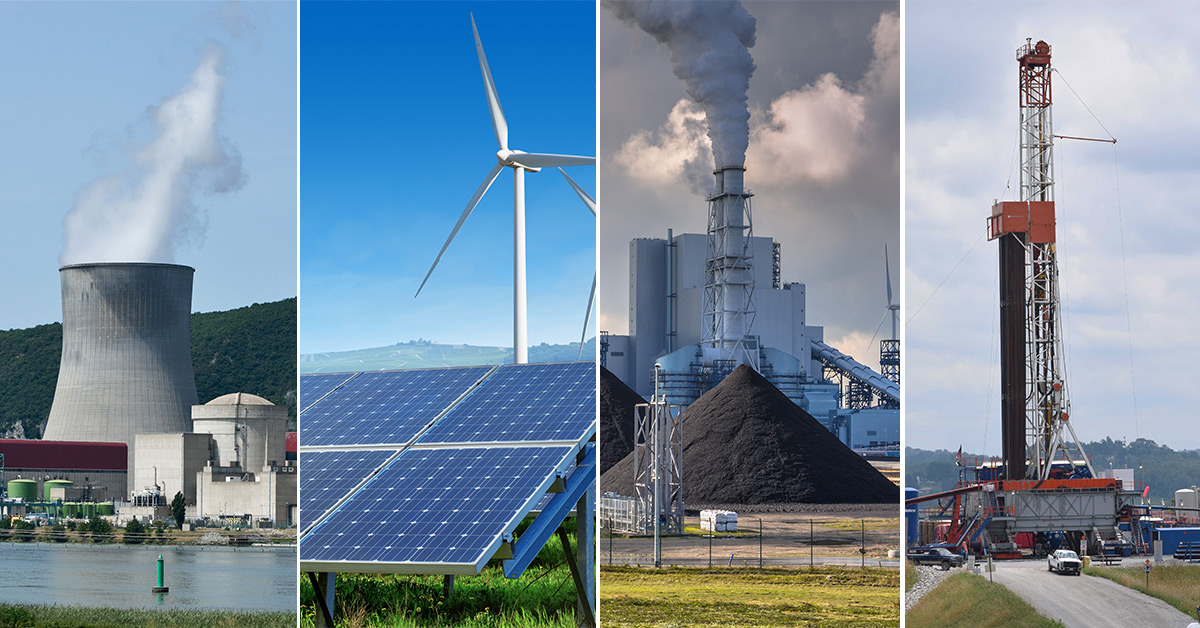
Coal, nuclear, wind, solar, or natural gas? What criteria should we use when comparing various types of electricity generation, and which one comes out on top?
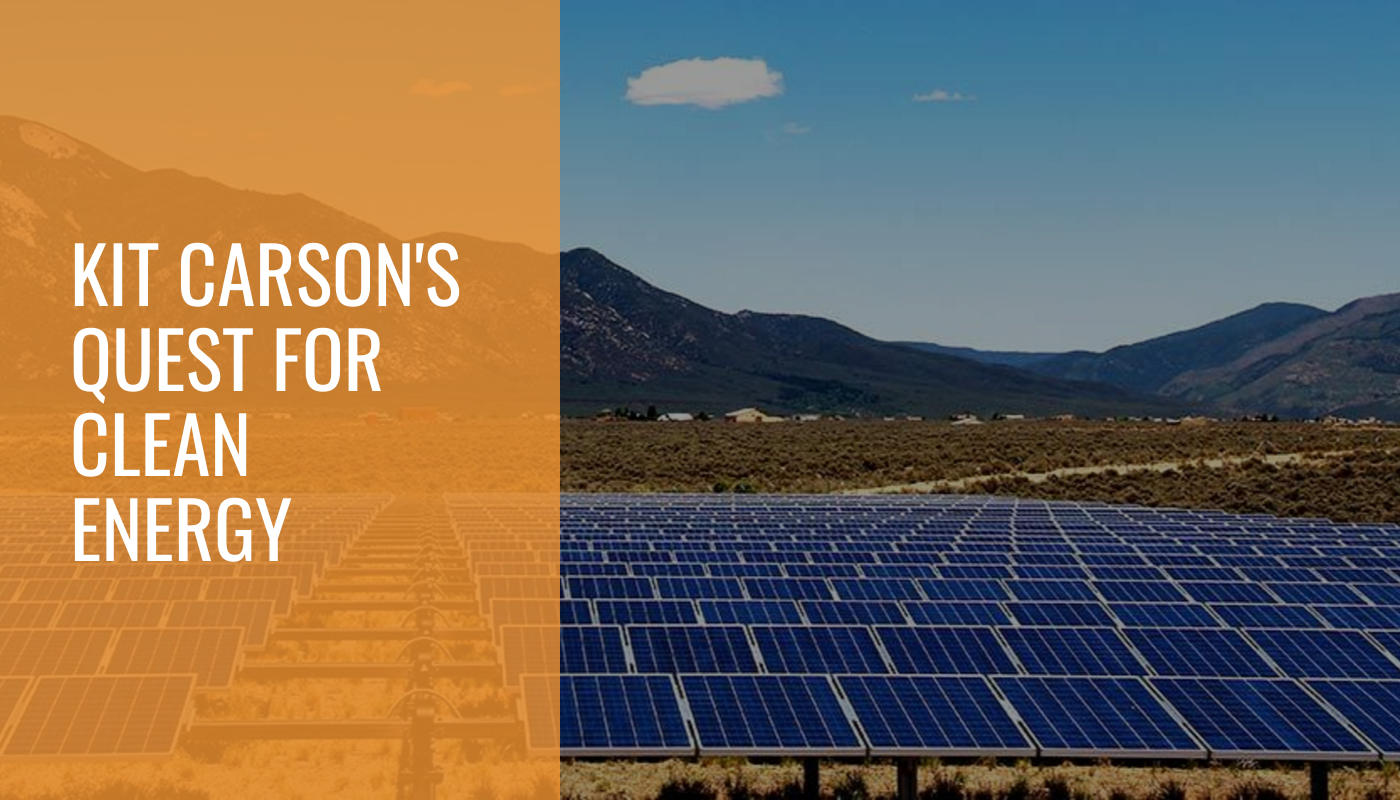
That outdated business models, conflicting interests, and aging technologies hogtie today’s behemoth electric utilities is no more evident than in the picturesque rural community of Taos, New Mexico. It is there that an inspired and tenacious collection of local energy champions have upended the sluggish pace of change that is the “business as usual” of many utilities.

I was recently invited to speak a group of Georgia-based technology executives. I’ve included some excerpts from the slides and a list of some of the more exciting clean energy companies in the region.

On August 7, 2018, an untrimmed tree fell on an electrical transmission line in Puerto Rico, leaving 130,000 people in San Juan without power for

Imagine a neighborhood powered entirely by local energy. Shared solar panels, energy efficient homes, and community batteries to power houses at night. Even when the

I first saw Susan Kennedy speak at Solar Power International in 2017. Susan is the CEO of Advanced Microgrid Solutions, one of the most visible

In the late morning of April 9, 2004, 17 tanker trucks, and 5 armored escort vehicles left a logistics support area near Baghdad to resupply

It’s tough to make predictions, especially about the future. — Yogi Berra At last week’s Intersolar conference in San Francisco, keynote speaker Tony Seba made

Critics claim that there simply isn’t enough land in the U.S. to power the country with solar. We dig through the numbers to reveal an answer that might surprise you.

Island power grids are a microcosm of the vastly larger grids that criss-cross the planet. In Part 1 of this series, we looked at how
© 2021 All rights reserved